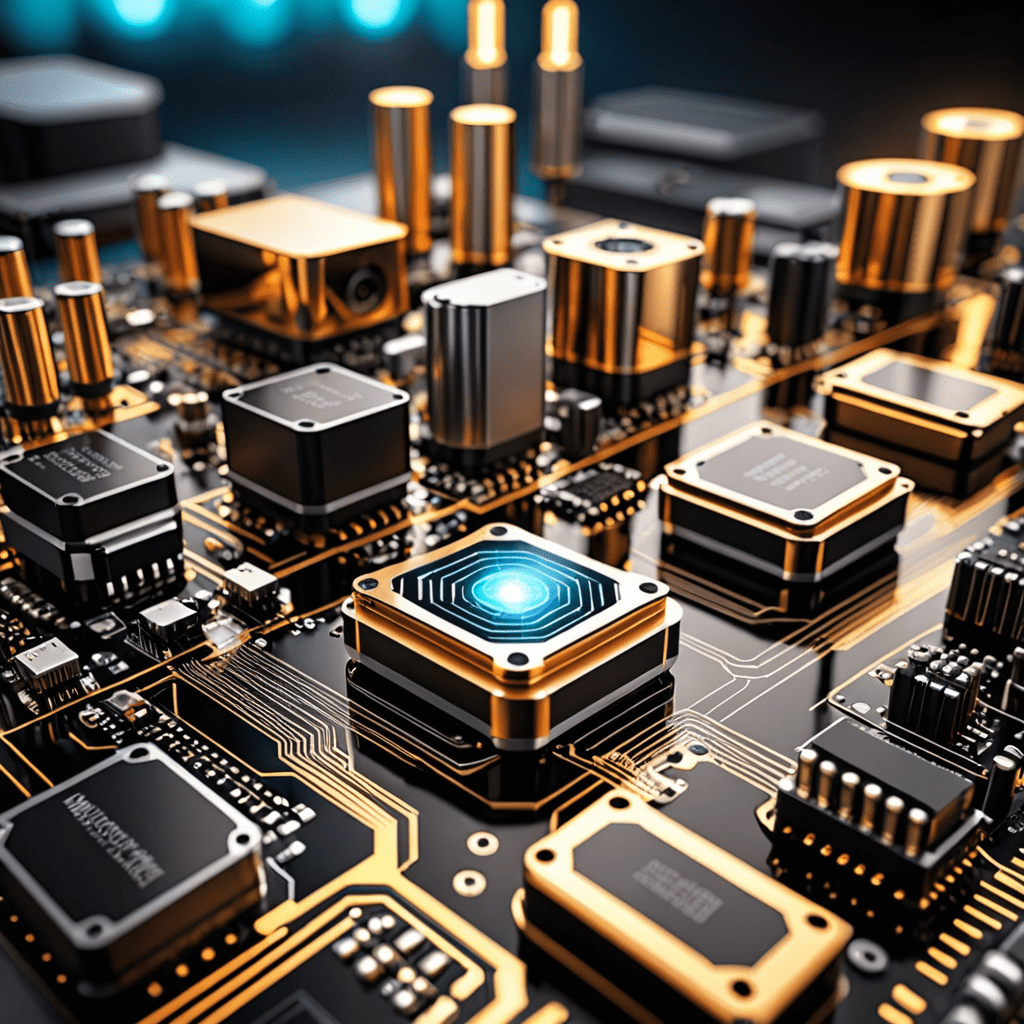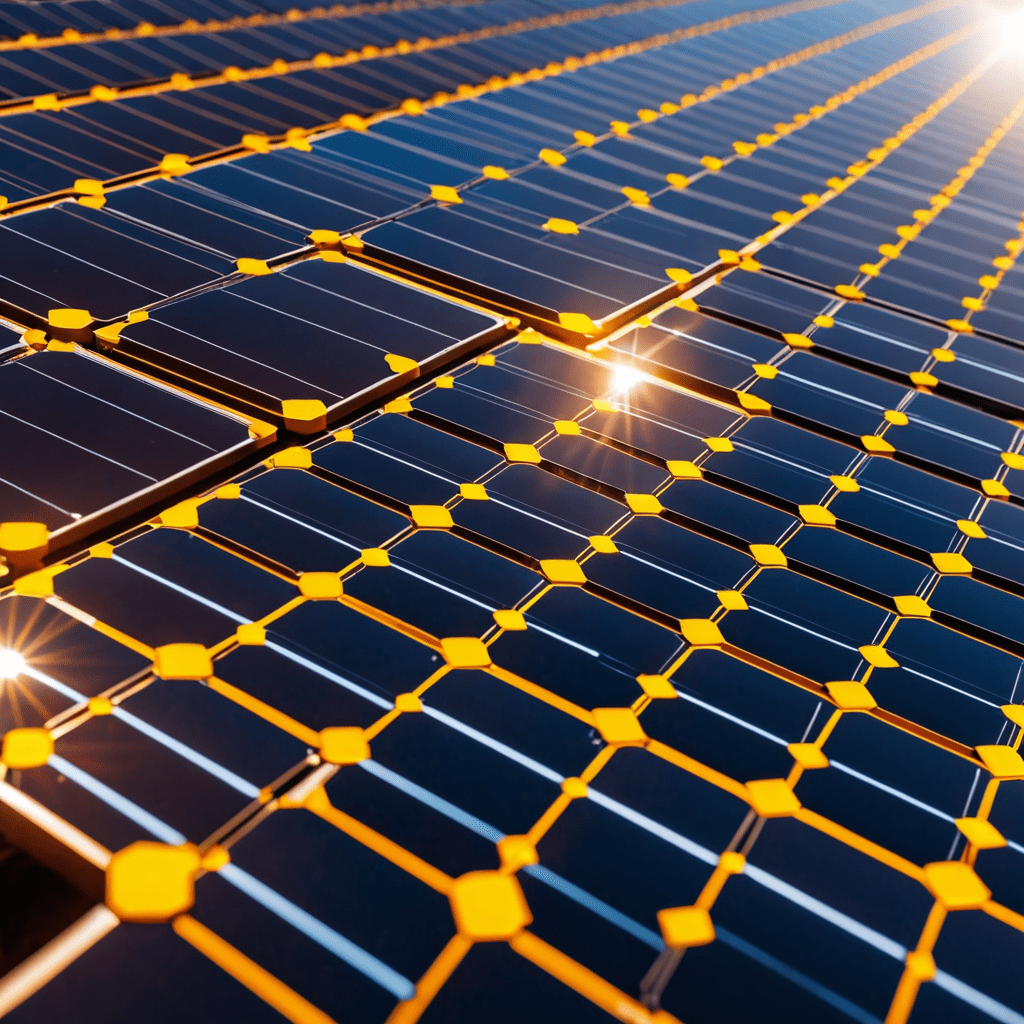
Nanotechnology in Energy Harvesting: Powering Devices Efficiently
The Power of Nanotechnology in Energy Harvesting
Nanotechnology has revolutionized the field of energy harvesting by offering innovative solutions to power electronic devices efficiently. By harnessing the unique properties of materials at the nanoscale, researchers have been able to develop advanced energy harvesting technologies that are smaller, more efficient, and environmentally friendly.
How Nanotechnology Enhances Energy Harvesting Efficiency
At the nanoscale, materials exhibit remarkable properties that can significantly improve the efficiency of energy harvesting systems. For instance, nanomaterials such as quantum dots and nanowires can enhance light absorption and conversion rates in solar cells, leading to higher energy conversion efficiencies. Additionally, nanostructured materials can increase the surface area available for energy capture, maximizing the harvesting of ambient energy sources.
Nanogenerators: Harvesting Energy from Mechanical Movements
Nanogenerators are devices that can convert mechanical energy from vibrations, movements, or even biological processes into electrical power. By leveraging nanoscale materials such as piezoelectric nanowires or flexible graphene sheets, nanogenerators offer a promising method for harvesting energy from the environment to power small electronic devices, sensors, or even wearable technologies.
Improving Energy Storage with Nanotechnology
In addition to energy harvesting, nanotechnology plays a crucial role in enhancing energy storage solutions. Nanomaterials like graphene and carbon nanotubes have been instrumental in developing high-performance batteries and supercapacitors with improved energy density, faster charging capabilities, and longer cycle life. These advancements in energy storage technologies complement energy harvesting systems, creating more efficient and sustainable power sources for various applications.
The Future of Nanotechnology in Energy Harvesting
As researchers continue to explore the potential of nanotechnology in energy harvesting, the future holds exciting possibilities for powering devices more efficiently. By integrating nanomaterials into energy harvesting devices, we can expect to see further advancements in miniaturization, increased power output, and greater sustainability in powering electronic gadgets, IoT devices, and even smart cities.
Challenges and Opportunities in Nanotechnology for Energy Harvesting
While nanotechnology offers promising solutions for efficient energy harvesting, there are challenges that need to be addressed, such as scalability, cost-effectiveness, and long-term stability of nanomaterials. However, with ongoing research and development, these challenges can be overcome, opening up new opportunities for leveraging nanotechnology to create a more sustainable energy future.
Conclusion
In conclusion, nanotechnology has emerged as a game-changer in energy harvesting, offering efficient and sustainable ways to power electronic devices. By harnessing the unique properties of nanomaterials, researchers are paving the way for a future where energy harvesting technologies are more accessible, reliable, and environmentally friendly. With continued advancements in nanotechnology, we can expect to see a significant impact on how we power and interact with our devices in the years to come.
Frequently Asked Questions about Nanotechnology in Energy Harvesting
What is nanotechnology in energy harvesting?
Nanotechnology in energy harvesting refers to the use of nanoscale materials and structures to capture, convert, and store energy efficiently. This technology enables the generation of power from various sources like sunlight, vibrations, and heat.
How does nanotechnology improve energy harvesting?
Nanotechnology enhances energy harvesting by increasing the surface area available for energy capture, improving the efficiency of energy conversion processes, and enabling the development of lightweight and flexible energy harvesting devices.
What are some applications of nanotechnology in energy harvesting?
Nanotechnology finds applications in energy harvesting for powering wearable devices, sensors, IoT devices, and even small-scale electronics. It can be used in self-powered systems that require continuous energy supply without the need for external power sources.
What are the benefits of using nanotechnology in energy harvesting?
The benefits of utilizing nanotechnology in energy harvesting include higher energy conversion efficiencies, reduced device sizes, enhanced flexibility and durability, as well as the ability to harvest energy from ambient sources, leading to sustainable and self-sufficient power solutions.
How is nanotechnology shaping the future of energy harvesting technologies?
Nanotechnology is revolutionizing the field of energy harvesting by enabling the development of innovative

